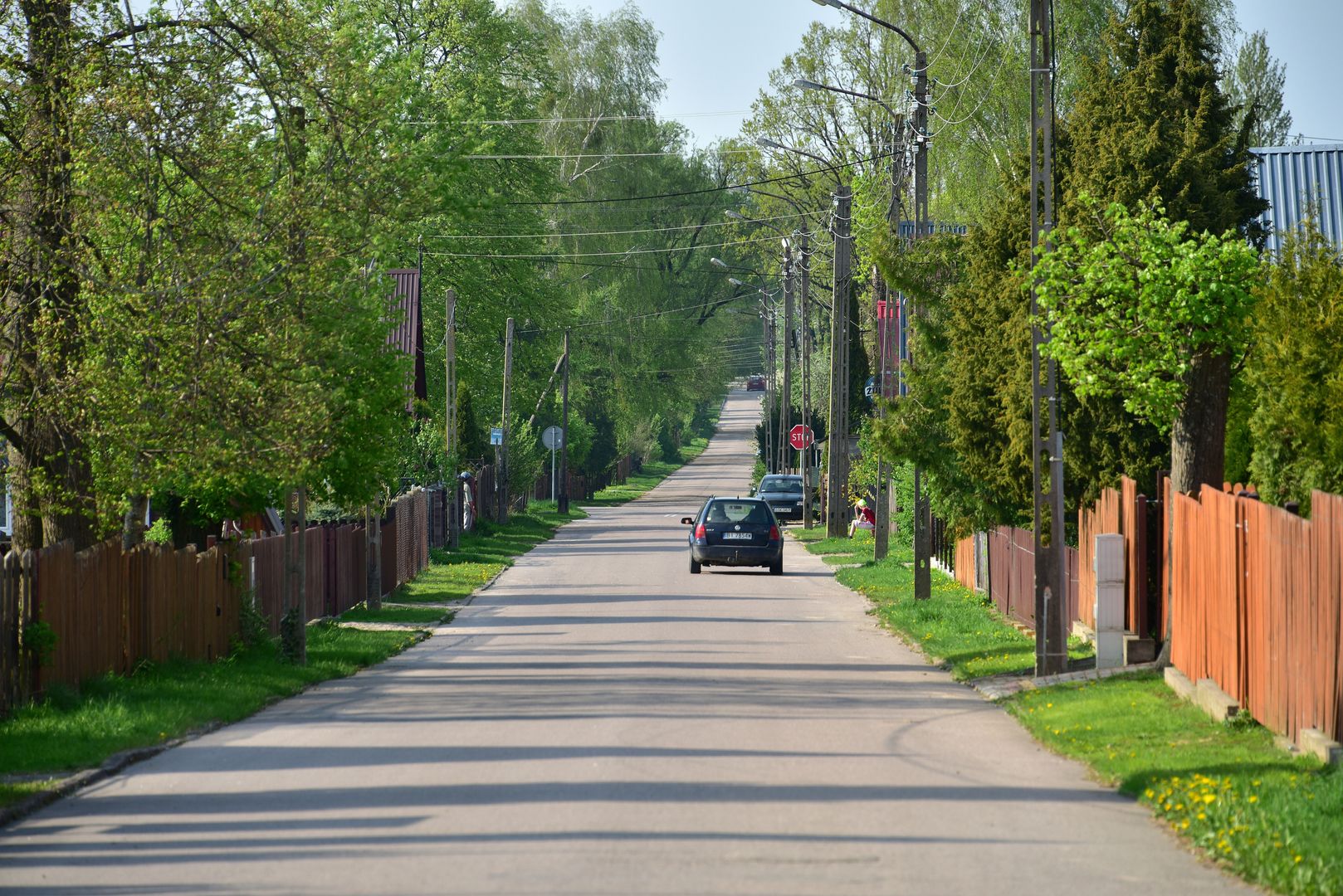North Island
6.24

Overview
Ostrów Północny is a village located in the Podlaskie Voivodeship, within Sokółka County, which from 1975 to 1998 belonged to the Białystok Voivodeship. The characteristic landmarks of the locality include the parish Orthodox Church of the Dormition of the Most Holy Mother of God and a 19th-century Orthodox cemetery covering an area of 3 hectares. Roman Catholic residents belong to the parish of St. Vincent Ferrer and St. Bartholomew the Apostle in nearby Szudziałowo. In 2011, the village had a population of 116, and the provincial road No. 676 runs through the area. The official name of the village, Ostrów Północny, also has a colloquial form – Paunocznaja Wostrawo, reflecting its bilingual character. Historically, in 1921, Ostrów Północny was home to 25 Catholics and 206 Orthodox believers, indicating cultural diversity. Despite attempts to introduce bilingual place names under the National Minorities Act, local authorities have not implemented them, suggesting a strong, traditional inclination towards maintaining a unified Polish cultural status. Sociologically, there is observable resistance to change and low activity among Belarusians in seeking emancipation, reflecting a broader cultural context not only in the municipality but throughout Poland. Two distinct cultural narratives and the history of the area, which before the partitions of the Polish-Lithuanian Commonwealth belonged to the Grand Duchy of Lithuania, pose a challenge for the local community in preserving cultural heritage amid potential demographic changes. Initiatives for bilingualism, although recognized, have not gained further support due to local fears of losing identity. Thus, Ostrów Północny serves as an example of the complexity of ethnic and cultural relations in Poland, where modernization and tourism development intersect with local traditions and history, highlighting broader tensions regarding national minorities in the country.
Location
2025 Wizytor | All Rights Reserved